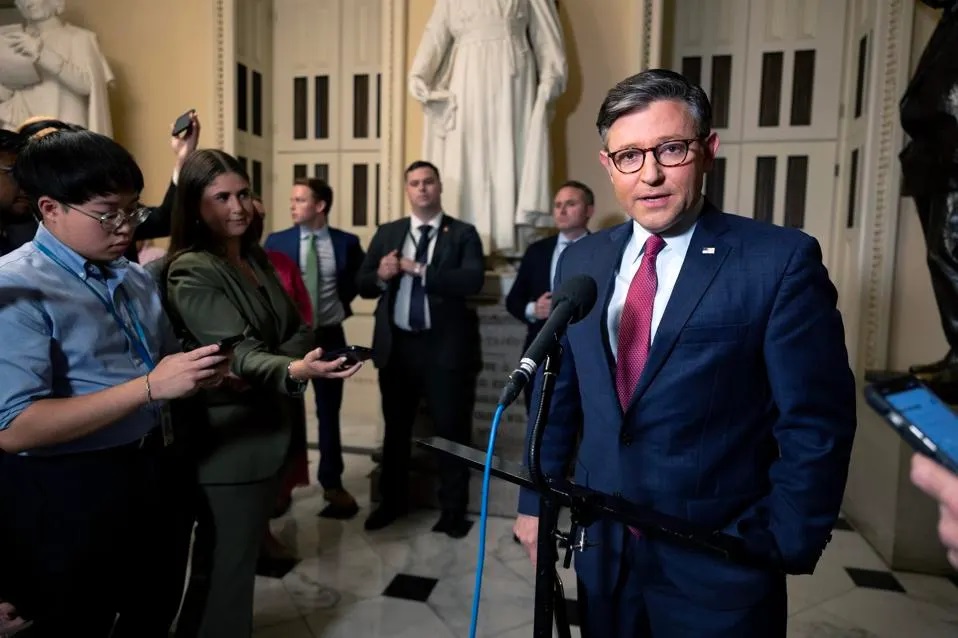
Andrey Denisyuk/Getty Images
Important lessons learned
Top Democrats and Republicans in Congress have come to an agreement to reschedule a key budget deadline from Sept. 30 to Dec. 20, postponing a political struggle over federal spending. The new deadline is set to come around Jan. 2, when the United States is expected to reach its debt ceiling—the maximum amount of money authorized to borrow by Congress. Recent years have seen political instability around both deadlines, with potentially devastating economic consequences if an agreement cannot be reached.
This holiday season could bring turmoil, or at least tension, to the economy as two important federal budget deadlines loom.
First, lawmakers must pass a budget by Dec. 20, or else government services will shut down.
1 Day later, on Jan. 2, the government will hit its self-imposed borrowing limit, leaving little time for lawmakers to reach an agreement to raise the debt ceiling, or else the U.S. government could default on its debts.
2 Congressional Research Service. “Debt Limit.”
Both could have major impact on the economy.
The winter deadlines were set Sunday, when Democratic and Republican congressional leaders announced a deal to fund the government through Dec. 20. If the deal, which has the support of the leadership of both parties, passes the House and Senate before Sept. 30, as expected, a government shutdown will be averted for now. The debt ceiling deadline was set for June 2023 after President Joe Biden signed a bipartisan agreement allowing the government to continue borrowing for just a few days before running out of money.
Partisan clashes over the debt limit and government shutdowns have become a nearly annual ritual in Washington, damaging to the nation’s credit rating. They have raised questions about the nation’s willingness to pay back Treasury bonds, which play a key role in the financial system because they are seen as virtually risk-free investments.
Election Results Could Influence Federal Budget Battles
Following the November elections, a rearranged political chessboard will host this winter’s battle, which may last into the spring when freshly elected officials assume office. As they did in previous budgetary standoffs, lawmakers might approve temporary continuing resolutions that would finance the government long into the new year.
Since the Treasury Department frequently employs accounting gimmicks to let the government continue borrowing for several months after the debt ceiling has been reached, the debt limit negotiations may also continue into the spring.

House Speaker Mike Johnson, R-La., speaks to the media after the vote on the government funding bill… [+]Getty Images
The outcome of these talks will depend on which party controls which branch of government in November. With the election between Democratic presidential nominee Vice President Kamala Harris and former President Donald Trump nearing, control of the Senate and the House is also at stake.
Economists have predicted that if negotiations fail in a divided government, a government default would send the country into recession and borrowing costs would skyrocket. However, the deadline could also be used to negotiate the fate of Trump’s sweeping tax cuts passed in 2017, most of which expire in 2025.
Chief U.S. economist at Pantheon Macroeconomics Samuel Tombs stated in a research note that “the shape of a deal is already possible to see: Republican senators will agree to suspend the debt ceiling in return for the House extending the Trump-era personal tax cuts.”
The precise balance of power will determine how long the suspension lasts and how much of the tax cuts are carried forward. However, as of right now, we don’t see many reasons for Treasury investors to factor in any default risk before the elections in November,” Tombs continued.
How did you like this article? You can tell us by commenting. Always stay with us for information about the country and the world.




